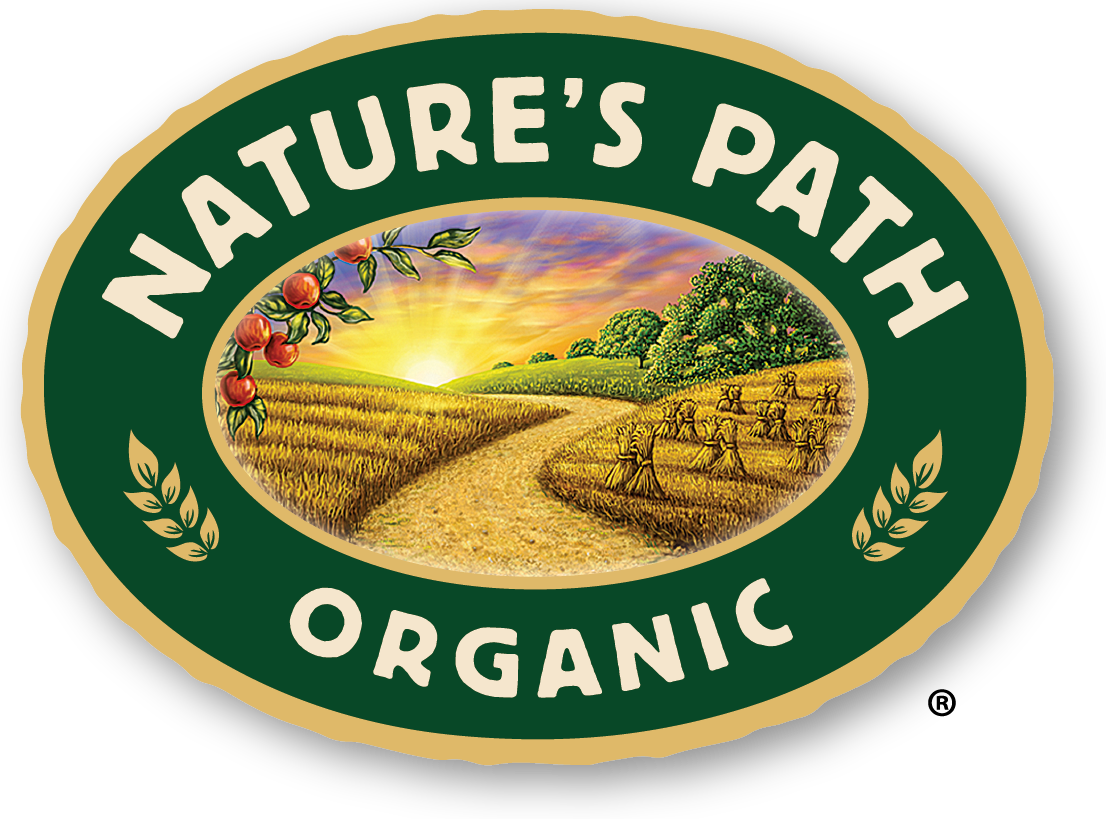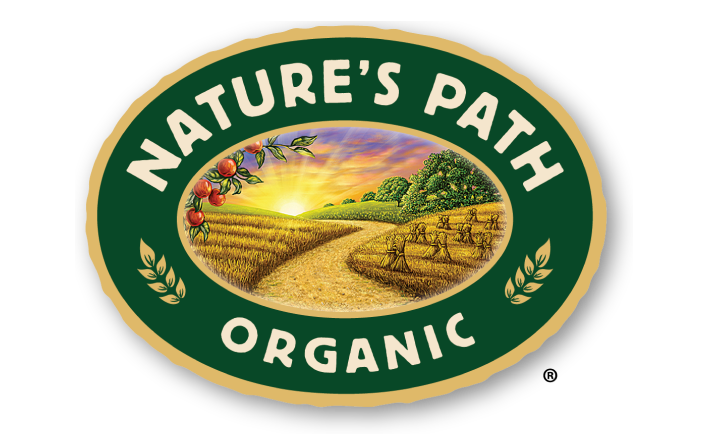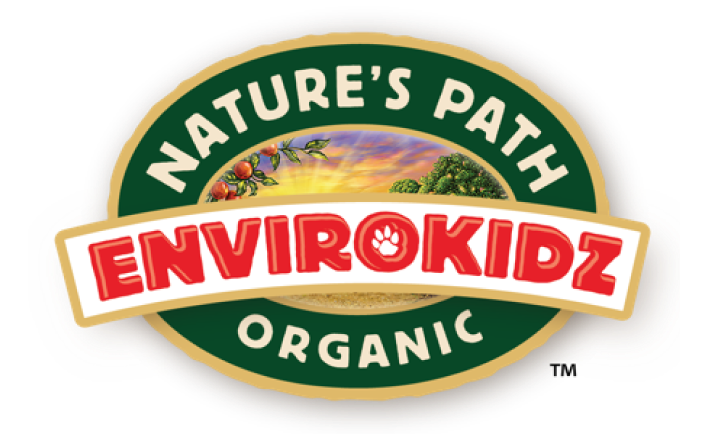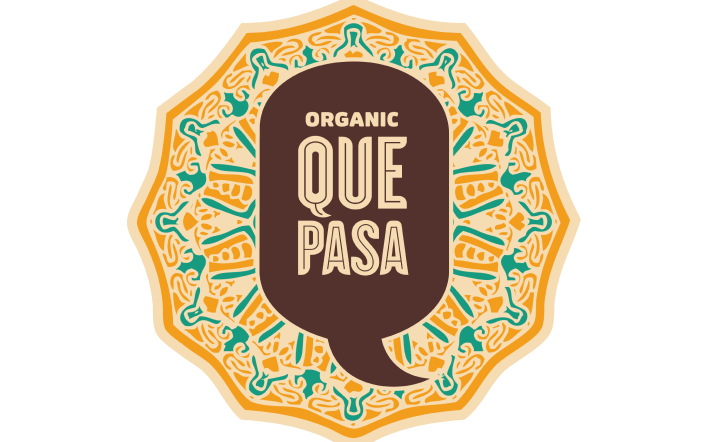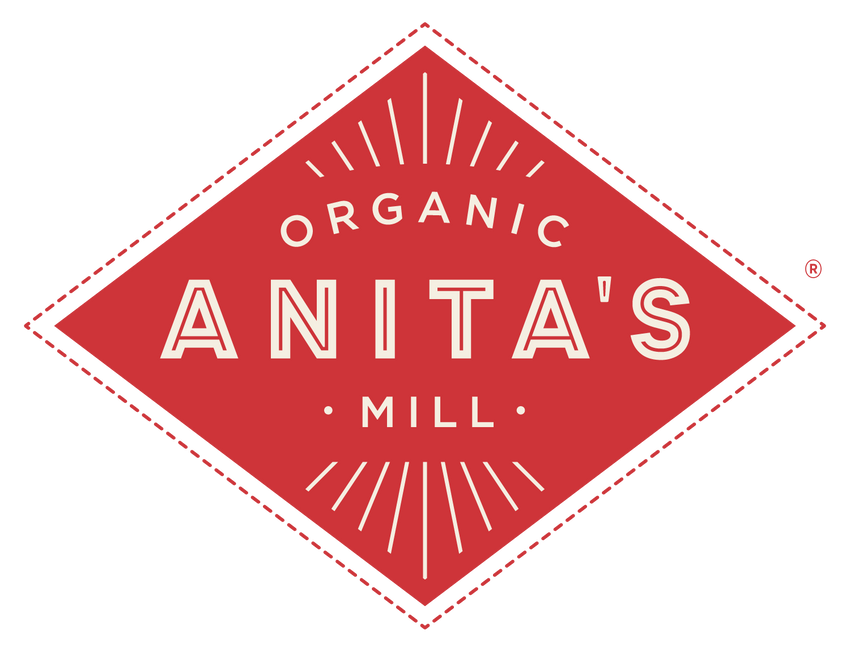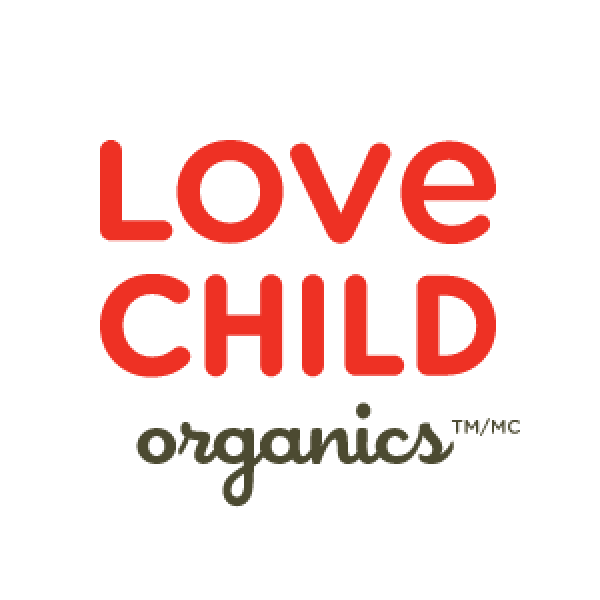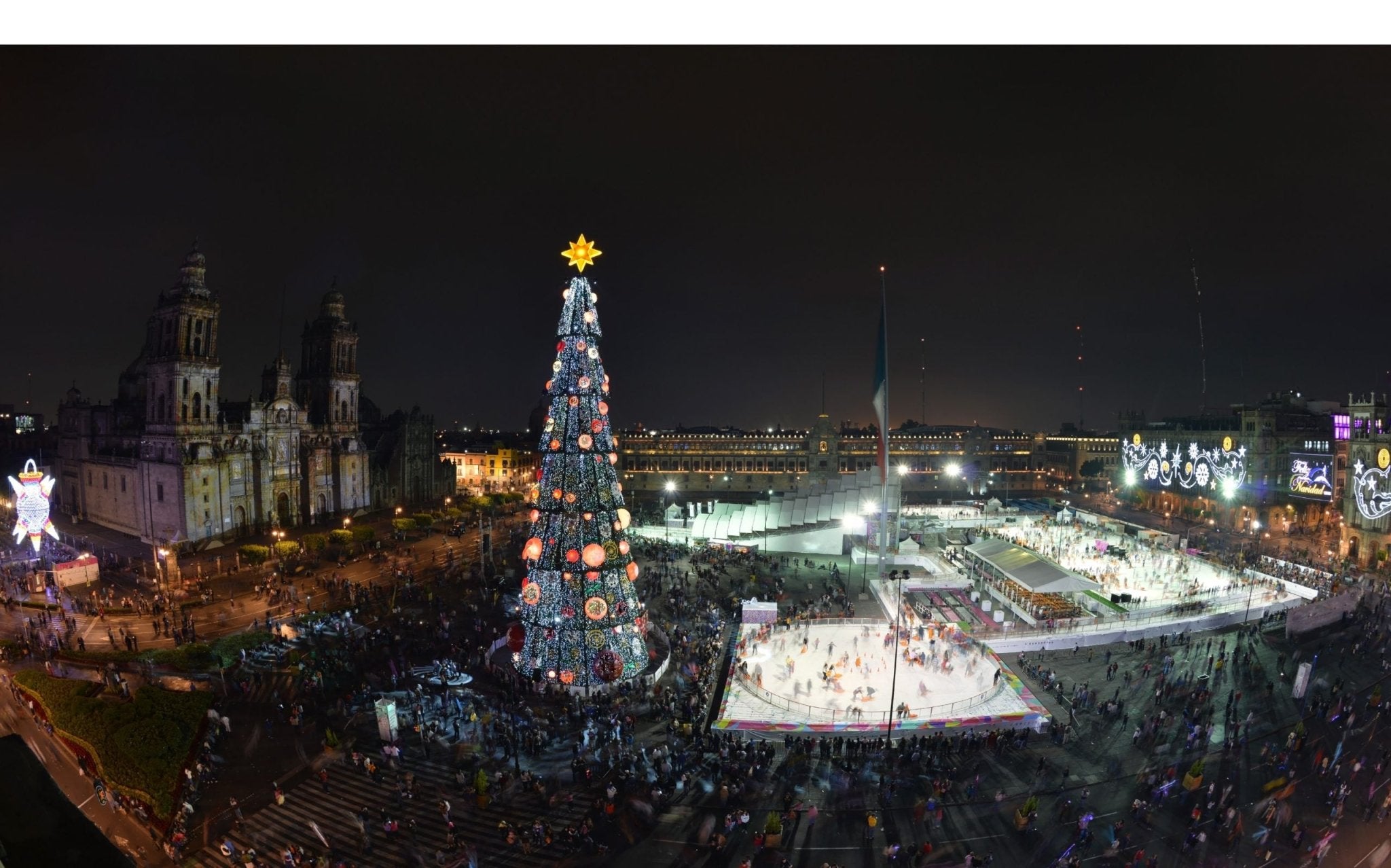
The Holiday Season Isn't Over Yet! Learn More About Three Kings Day
Tags:
Holiday festivities in Mexico still aren't over! Three Kings Day is coming up, and that means that the Christmas tree, lights, nativity scene, and other decorations have to stay up at least until January 6. This day, also known as Epiphany, is celebrated exactly 12 days after Christmas, and just like almost every other important celebration in Mexico, there is special food involved.
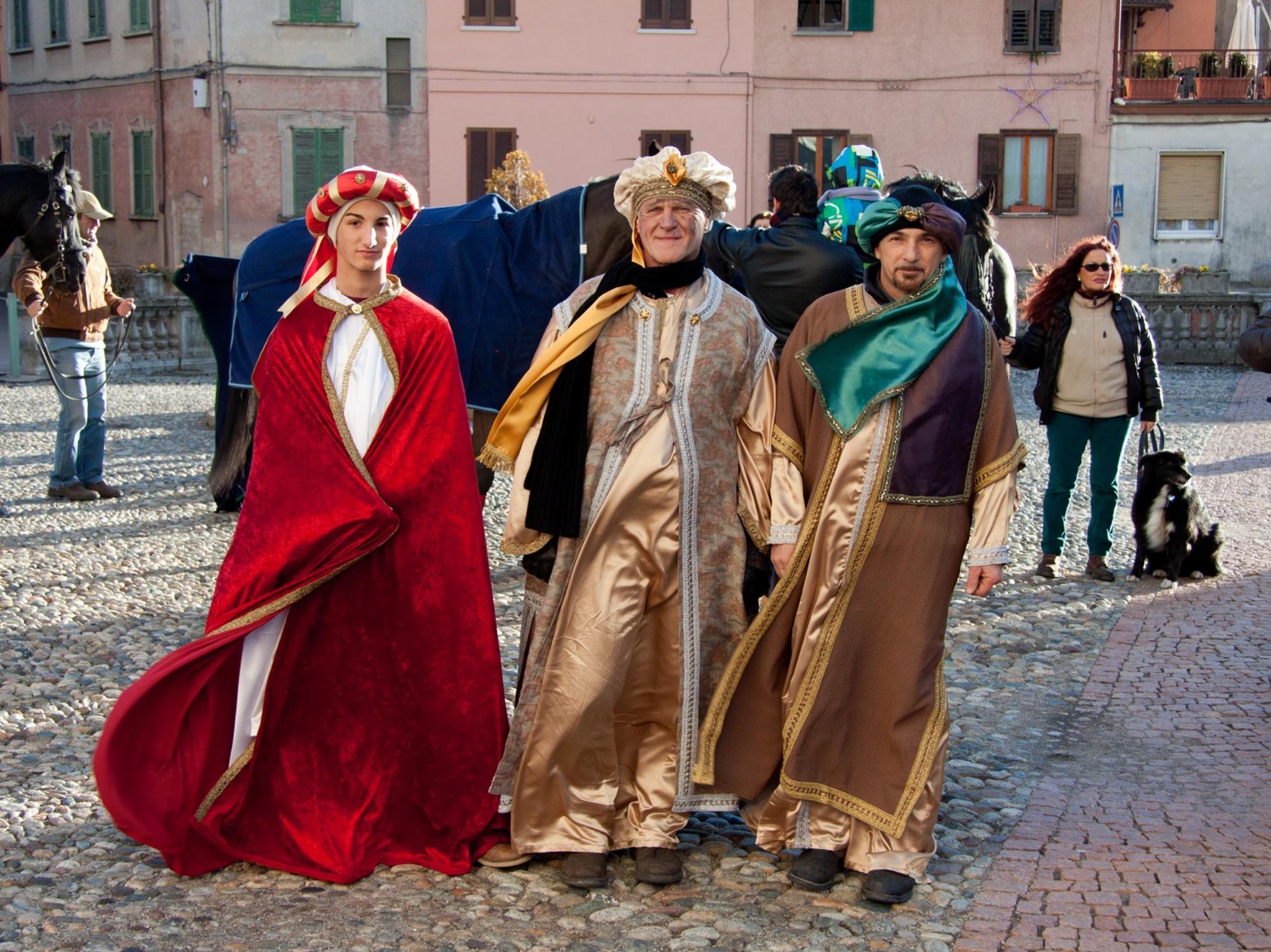 During the first few days of the year, most bakeries and supermarkets fill their shelves with boxes and boxes of Rosca de Reyes (or King’s wreath), a traditional Mexican pastry. The festivity is in remembrance of the three Magi visiting the Christ child at the manger and presenting their gifts of gold, frankincense, and myrrh.
Very similar versions of this sweet treat can also be found in France, Spain, and cities like Quebec and New Orleans. Toppings, fillings, and shapes may vary from country to country. They range from square-shaped, round or oval, stuffed with frangipane, topped with confectioners sugar, and can be made from brioche or puff pastry. In France, the cake is known as Galette des Rois, and bakers hide a fava bean inside. Whoever finds the bean is allowed to be “king for a day” and rule over everyone sharing the meal, while wearing a paper crown.
During the first few days of the year, most bakeries and supermarkets fill their shelves with boxes and boxes of Rosca de Reyes (or King’s wreath), a traditional Mexican pastry. The festivity is in remembrance of the three Magi visiting the Christ child at the manger and presenting their gifts of gold, frankincense, and myrrh.
Very similar versions of this sweet treat can also be found in France, Spain, and cities like Quebec and New Orleans. Toppings, fillings, and shapes may vary from country to country. They range from square-shaped, round or oval, stuffed with frangipane, topped with confectioners sugar, and can be made from brioche or puff pastry. In France, the cake is known as Galette des Rois, and bakers hide a fava bean inside. Whoever finds the bean is allowed to be “king for a day” and rule over everyone sharing the meal, while wearing a paper crown.
 In Mexico, the pastry is oval or round and traditionally topped with crispy sugar frosting (everyone’s favorite!), crystallized fruits such as figs, orange peel, and a candied cactus called acitrón (which in the last few years has been banned, since the plant has been classified as endangered) - bakers have been forced to switch out the cactus for a red or green tinted jam very similar to quince paste. The dough is very similar to a brioche (just a little bit spongier), and a plastic baby Jesus is baked inside to symbolize Mary and Joseph finding a safe place for the Christ child to be born, as King Herod sought to kill him and all firstborn sons.
People in Mexico get together the night of January 5 or January 6 with their families, friends, or even coworkers. The drink of choice is usually a frothy and cozy hot chocolate, and people sip it while taking turns cutting the cake. Each person in turn cuts their own piece of the rosca (there’s no specific order and you can even choose a random spot), and everyone inspects their own slice carefully, even poking it with a knife to check whether or not the plastic baby Jesus is hiding inside.
Whoever gets the plastic Jesus is obligated to host a party on February 2, Candlemas Day (also known as Candelaria), gathering together the same group of people present on Three Kings Day. A serious amount of tamales and atole (a thick and sweet drink made from corn masa) is served to all the partygoers. In more traditional households, the person who finds the baby Jesus in their rosca also has to get new clothing for the porcelain baby Jesus used in the family’s nativity scene, and serve as his padrinos (godparents) for the year.
In Mexico, the pastry is oval or round and traditionally topped with crispy sugar frosting (everyone’s favorite!), crystallized fruits such as figs, orange peel, and a candied cactus called acitrón (which in the last few years has been banned, since the plant has been classified as endangered) - bakers have been forced to switch out the cactus for a red or green tinted jam very similar to quince paste. The dough is very similar to a brioche (just a little bit spongier), and a plastic baby Jesus is baked inside to symbolize Mary and Joseph finding a safe place for the Christ child to be born, as King Herod sought to kill him and all firstborn sons.
People in Mexico get together the night of January 5 or January 6 with their families, friends, or even coworkers. The drink of choice is usually a frothy and cozy hot chocolate, and people sip it while taking turns cutting the cake. Each person in turn cuts their own piece of the rosca (there’s no specific order and you can even choose a random spot), and everyone inspects their own slice carefully, even poking it with a knife to check whether or not the plastic baby Jesus is hiding inside.
Whoever gets the plastic Jesus is obligated to host a party on February 2, Candlemas Day (also known as Candelaria), gathering together the same group of people present on Three Kings Day. A serious amount of tamales and atole (a thick and sweet drink made from corn masa) is served to all the partygoers. In more traditional households, the person who finds the baby Jesus in their rosca also has to get new clothing for the porcelain baby Jesus used in the family’s nativity scene, and serve as his padrinos (godparents) for the year.
 During the first few days of the year, most bakeries and supermarkets fill their shelves with boxes and boxes of Rosca de Reyes (or King’s wreath), a traditional Mexican pastry. The festivity is in remembrance of the three Magi visiting the Christ child at the manger and presenting their gifts of gold, frankincense, and myrrh.
Very similar versions of this sweet treat can also be found in France, Spain, and cities like Quebec and New Orleans. Toppings, fillings, and shapes may vary from country to country. They range from square-shaped, round or oval, stuffed with frangipane, topped with confectioners sugar, and can be made from brioche or puff pastry. In France, the cake is known as Galette des Rois, and bakers hide a fava bean inside. Whoever finds the bean is allowed to be “king for a day” and rule over everyone sharing the meal, while wearing a paper crown.
During the first few days of the year, most bakeries and supermarkets fill their shelves with boxes and boxes of Rosca de Reyes (or King’s wreath), a traditional Mexican pastry. The festivity is in remembrance of the three Magi visiting the Christ child at the manger and presenting their gifts of gold, frankincense, and myrrh.
Very similar versions of this sweet treat can also be found in France, Spain, and cities like Quebec and New Orleans. Toppings, fillings, and shapes may vary from country to country. They range from square-shaped, round or oval, stuffed with frangipane, topped with confectioners sugar, and can be made from brioche or puff pastry. In France, the cake is known as Galette des Rois, and bakers hide a fava bean inside. Whoever finds the bean is allowed to be “king for a day” and rule over everyone sharing the meal, while wearing a paper crown.
 In Mexico, the pastry is oval or round and traditionally topped with crispy sugar frosting (everyone’s favorite!), crystallized fruits such as figs, orange peel, and a candied cactus called acitrón (which in the last few years has been banned, since the plant has been classified as endangered) - bakers have been forced to switch out the cactus for a red or green tinted jam very similar to quince paste. The dough is very similar to a brioche (just a little bit spongier), and a plastic baby Jesus is baked inside to symbolize Mary and Joseph finding a safe place for the Christ child to be born, as King Herod sought to kill him and all firstborn sons.
People in Mexico get together the night of January 5 or January 6 with their families, friends, or even coworkers. The drink of choice is usually a frothy and cozy hot chocolate, and people sip it while taking turns cutting the cake. Each person in turn cuts their own piece of the rosca (there’s no specific order and you can even choose a random spot), and everyone inspects their own slice carefully, even poking it with a knife to check whether or not the plastic baby Jesus is hiding inside.
Whoever gets the plastic Jesus is obligated to host a party on February 2, Candlemas Day (also known as Candelaria), gathering together the same group of people present on Three Kings Day. A serious amount of tamales and atole (a thick and sweet drink made from corn masa) is served to all the partygoers. In more traditional households, the person who finds the baby Jesus in their rosca also has to get new clothing for the porcelain baby Jesus used in the family’s nativity scene, and serve as his padrinos (godparents) for the year.
In Mexico, the pastry is oval or round and traditionally topped with crispy sugar frosting (everyone’s favorite!), crystallized fruits such as figs, orange peel, and a candied cactus called acitrón (which in the last few years has been banned, since the plant has been classified as endangered) - bakers have been forced to switch out the cactus for a red or green tinted jam very similar to quince paste. The dough is very similar to a brioche (just a little bit spongier), and a plastic baby Jesus is baked inside to symbolize Mary and Joseph finding a safe place for the Christ child to be born, as King Herod sought to kill him and all firstborn sons.
People in Mexico get together the night of January 5 or January 6 with their families, friends, or even coworkers. The drink of choice is usually a frothy and cozy hot chocolate, and people sip it while taking turns cutting the cake. Each person in turn cuts their own piece of the rosca (there’s no specific order and you can even choose a random spot), and everyone inspects their own slice carefully, even poking it with a knife to check whether or not the plastic baby Jesus is hiding inside.
Whoever gets the plastic Jesus is obligated to host a party on February 2, Candlemas Day (also known as Candelaria), gathering together the same group of people present on Three Kings Day. A serious amount of tamales and atole (a thick and sweet drink made from corn masa) is served to all the partygoers. In more traditional households, the person who finds the baby Jesus in their rosca also has to get new clothing for the porcelain baby Jesus used in the family’s nativity scene, and serve as his padrinos (godparents) for the year.
Learn how to veganize your favorite Mexican holiday recipes.
